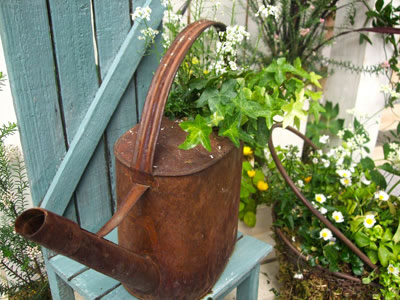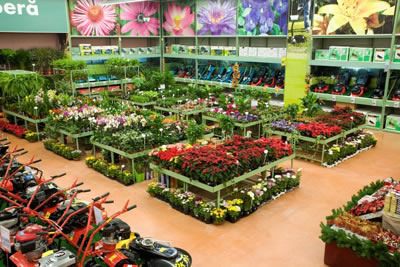3 Tips to Keep Your Garden Thriving
3 Tips to Keep Your Garden Thriving

Whether you are the complete beginner or the expert gardener, you will certainly benefit from the proper tips to keep the outside space well-maintained and blooming. Here are three tips to maintain the garden to a professional standard:
Get the flower bed ready
The best time to start preparing the flower bed is the start of the autumn period. Identify a suitable site and get it ready by applying mulched leaves, peat moss, or compost to the soil. Start to loosen the soil in the garden beds using a spading fork or similar. Try to aim for a depth in the region of 15-25 cm. Plus, it benefits to use this time to remove all signs of roots, weeds, or stones (or similar debris). Once the soil has been loosened, it is possible to apply a high quality compost material which is best shovelled into the soil to help improve the nutrients. If you have an overgrown patch of garden in need of attention you can lay several sheets of newspaper or cardboard. Leave this in place for several days to help stop sunlight and moisture reaching the unwanted plant life benefit. Plus, it you leave it long enough everything under the covering will start to break down naturally and become part of the soil.Start from seed
A low-cost solution to get a flower bed up and running is to start from seed. For optimal results, it benefits to start indoors and germinate the seeds via a coffee filter or similar. The early plants need the right moisture level to establish and thrive. Use a solution of 95% water and 5% hydrogen peroxide to lightly mist the plants.
Once the seeds start to sprout and develop mature leaves, the time is right to relocate the plants outside in the garden. Throughout the first few weeks, it benefits to give the plants a certain degree of sun protection. The exposure to sunlight can gradually be increased until the plant is fully accustomed to the outside environment.

Maintenance
Many of the flowers in the garden need a regular watering, which should consist of about 2-1⁄2 cm per week. Try to avoid being too excessive with the watering because this can lead to a variety of problems, such as fungi, moulds, and root rot. To help control the watering session, you can use a rain gauge to calculate the amount of water that has been received naturally.

Maintenance
Many of the flowers in the garden need a regular watering, which should consist of about 2-1⁄2 cm per week. Try to avoid being too excessive with the watering because this can lead to a variety of problems, such as fungi, moulds, and root rot. To help control the watering session, you can use a rain gauge to calculate the amount of water that has been received naturally.Other Articles

4 Tips to Keep Your Gutter System Clean
A well fertilized garden is the best course of action for the vibrant and healthy plant life.

3 Useful and Practical Tips for Weeding and Pruning
A well-chosen selection of garden tools and supplies are essential if you wish to maintain the beautiful and lush-green lawn.

5 Lawn Care Tools for the Beautiful Garden
A well-chosen selection of garden tools and supplies are essential if you wish to maintain the beautiful and lush-green lawn.
